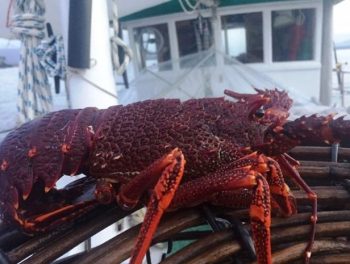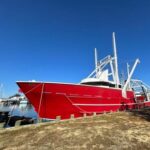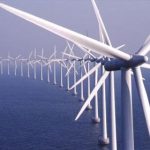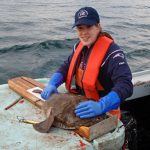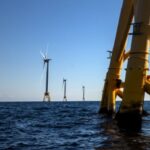Tag Archives: zooplankton
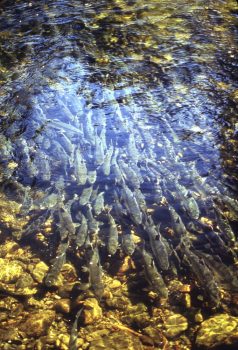
The Associated Press reported erroneously,,, Correction: Alaska-Salmon Hatcheries story
In a story Aug. 11 (Scientists warn of too many pink salmon in North Pacific) >click< about Alaska salmon hatcheries, The Associated Press reported erroneously that Alaska salmon hatcheries release 1.8 billion pink salmon fry annually. Total Alaska hatchery releases of all salmon and rainbow trout in 2018 was 1.8 billion fish, with pink salmon accounting for more than 1.05 billion. A corrected version of the story is below: Pink salmon numbers may threaten other North Pacific species >click to read< 13:47

Scientists warn of too many pink salmon in North Pacific
Biological oceanographer Sonia Batten experienced her lightbulb moment on the perils of too many salmon three years ago as she prepared a talk on the most important North Pacific seafood you’ll never see on a plate, zooplankton. Zooplanktons nourish everything from juvenile salmon to seabirds to giant whales. But as Batten examined 15 years of data collected by instruments on container ships near the Aleutian Islands, she noticed a trend: zooplankton was abundant in even-number years and less abundant in odd-number years. Something was stripping a basic building block in the food web every other year. And just one predator fit that profile. >click to read< 15:47
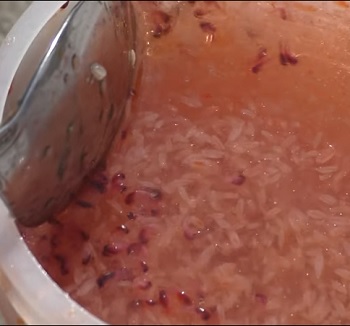
Experts track right whale behavior in new trouble spot
Scientists from the U.S. and Canada have returned from a North Atlantic right whale survey trip in the southern Gulf of St. Lawrence where they found dense reserves of zooplankton that have drawn 70 or more of the critically endangered marine mammals to the region this summer. They now expect the right whales to move farther north in the coming summers to follow the movement of the food they consume,,, Many of the right whales that visit Cape Cod Bay and south of the islands in the late winter and early spring migrate northward as they follow the movement of zooplankton, especially a rice-sized copepod called calanus. >click to read< 09:58
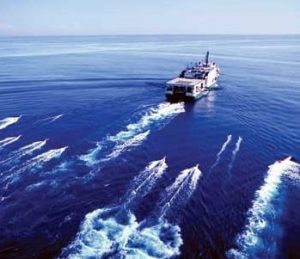
Dead plankton, stunned fish: the harms of man-made ocean noise
Human-caused ocean noise and its dangers to marine life are the focus of meetings at the United Nations this week, a victory for advocacy groups that have long warned of this problem. What are the causes of ocean noise? The main human activity that causes noise is maritime shipping. Among the loudest sounds are explosions aimed at demolishing offshore oil platforms, though these events are rare. Advocacy groups focus on seismic airguns, which are used by oil and gas interests to find reserves on the ocean floor. A boat tows 12-48 airguns at a time, each of which shoot loud blasts of compressed air. >click to read<15:27
Climate Change Forces Reevaluation of Fishery Management. (Isn’t that right, John?)
Scientists now think that altered zooplankton populations may be one reason cod stocks haven’t rebounded as quickly as expected. In addition, water temperatures in southern New England are getting uncomfortably warm for cod. So they’re moving northward and offshore in search of cooler water.. And they’re not alone. Over the past fifty years, more than half of all commercially exploited species have responded to warming waters by changing where they live. That includes the fish that used to fill Eldredge’s weir. Read [email protected] 21:57
Arctic waters increasingly vulnerable to foreign species
 When most people think of climate change, they picture polar bears, not zooplankton. Zooplankton are a huge group of water organisms which range from microscopic crustaceans to jellyfish and live in both fresh and salt water. Just about everything in the ocean eats zooplankton, from tiny fish to huge whales. In other words, they’re important to the Arctic food chain. But that food chain is about to change dramatically because of climate change and increased shipping traffic, according to some recent studies. more@nunatsiaqonline 18:00
When most people think of climate change, they picture polar bears, not zooplankton. Zooplankton are a huge group of water organisms which range from microscopic crustaceans to jellyfish and live in both fresh and salt water. Just about everything in the ocean eats zooplankton, from tiny fish to huge whales. In other words, they’re important to the Arctic food chain. But that food chain is about to change dramatically because of climate change and increased shipping traffic, according to some recent studies. more@nunatsiaqonline 18:00
A new culprit in cod decline? – Wait. What about that computer model?!!
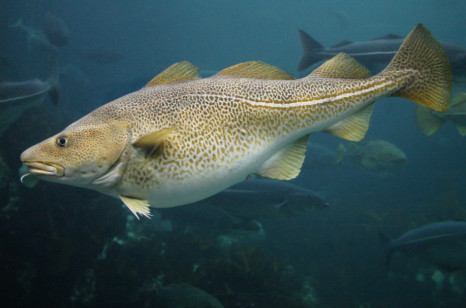 The species of zooplankton that is one of the preferred foods of larval cod simply can’t take the heat,,,,For decades, the prevailing wisdom in fishery management was that fish stocks such as cod, haddock and flounder would reproduce in numbers sufficient to rebuild decimated populations if fishermen could simply be kept from catching too many.,,,, scientists noticed that plankton surveys showed a decline in some key zooplankton species in areas where the water had warmed. That matched up with portions of the ocean where cod, too, were not doing very well. continued@capecodonline
The species of zooplankton that is one of the preferred foods of larval cod simply can’t take the heat,,,,For decades, the prevailing wisdom in fishery management was that fish stocks such as cod, haddock and flounder would reproduce in numbers sufficient to rebuild decimated populations if fishermen could simply be kept from catching too many.,,,, scientists noticed that plankton surveys showed a decline in some key zooplankton species in areas where the water had warmed. That matched up with portions of the ocean where cod, too, were not doing very well. continued@capecodonline
The flight of the grey seal and the plight of science
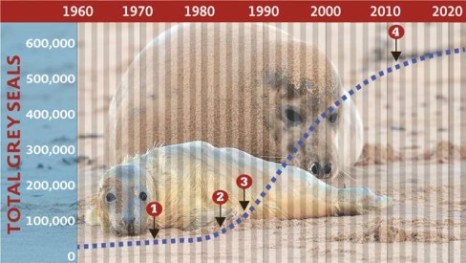 Some will argue that grey seals contribute to marine productivity through the recycling of their feces. Converting fish to seal feces is not an economical venture, having a downside: the very avenue by which eggs of seal-worm are spread, further devaluing commercial species. continued @ Chronicle Herald
Some will argue that grey seals contribute to marine productivity through the recycling of their feces. Converting fish to seal feces is not an economical venture, having a downside: the very avenue by which eggs of seal-worm are spread, further devaluing commercial species. continued @ Chronicle Herald






